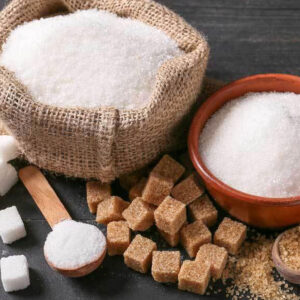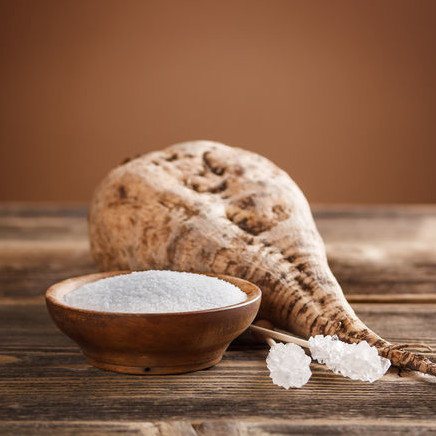Some people prefer beet sugar vs cane sugar for its claimed health benefits and minimal processing.
Some people prefer beet sugar vs cane sugar for its claimed health benefits and minimal processing.
Blog Article
Discover the Uses and Conveniences of Beet Sugar Vs Cane Sugar in Your Daily Diet
Checking out the unique high qualities of beet and cane sugar exposes greater than just their sweetening abilities; it highlights their distinct effect on health and cookeries. Beet sugar, known for its subtle flavor, is frequently preferred in fragile desserts, whereas cane sugar, with its tip of molasses, includes richness to robust meals. Each kind holds its very own nutritional account and glycemic implications, inviting a deeper understanding of their roles in a balanced diet and sustainable intake methods.
Beginning and Manufacturing Processes of Beet and Cane Sugar

The distinct climates and soil kinds needed for growing sugar beets and sugarcane add to differences in their cultivation practices and geographic distribution, affecting the economics and sustainability of their manufacturing. beet sugar vs cane sugar.
Nutritional Comparison Between Beet Sugar and Cane Sugar
Regardless of stemming from different plants, beet sugar and cane sugar are nutritionally really comparable, both mainly including sucrose. Each provides concerning 4 calories per gram, equating to about 16 calories per tsp. Structurally, both sugars are composed of approximately 99.95% sucrose, with very little quantities of various other substances like wetness and trace element, which do not dramatically change their dietary accounts.

Inevitably, when selecting in between beet sugar and cane sugar based on nutritional content alone, both deal the same benefits and disadvantages as they are basically forms of the same particle-- sucrose, offering quick power without other nutrients.
Influence On Health: Glycemic Index and Caloric Content
Exploring further into the results of beet sugar and cane sugar on health and wellness, it is very important to consider their glycemic index and calorie material. Both sugars are categorized as sucrose, which contains glucose and fructose. This make-up leads them to have a comparable effect on blood glucose degrees. The glycemic index (GI) link of both beet and cane sugar is around 65, categorizing them as high-GI foods, which can trigger quick spikes in blood sugar levels. This is a critical look here facet for individuals taking care of diabetes or those trying to stabilize their power levels throughout the day.
Each kind of sugar includes around 4 calories per gram, making their caloric content equivalent. For those keeping an eye on calorie intake, particularly when taking care of weight or metabolic health problems, recognizing this equivalence is important (beet sugar vs cane sugar). Extreme consumption of any high-calorie, high-GI food can add to health problems such as obesity, heart disease, and insulin resistance.
Environmental and Economic Factors To Consider of Sugar Production
Beyond wellness impacts, the manufacturing of beet and cane sugar additionally raises substantial environmental and economic issues. Sugar beet cultivation tends to require cooler climates and has a lower geographical impact compared to sugar cane, which prospers in exotic areas.
Additionally, the use of chemicals and fertilizers in both beet and cane sugar farming can bring about dirt deterioration and pollution, more influencing biodiversity and regional water bodies (beet sugar vs cane sugar). The selection in between growing sugar beet or cane usually pivots on neighborhood environmental problems and financial aspects, making the sustainability of sugar production an intricate issue
Culinary Applications and Taste Distinctions
While the environmental and financial elements of sugar production are without a doubt significant, the choice between beet and cane sugar additionally affects culinary applications and taste profiles. Beet sugar, acquired from the sugar beet plant, is understood for its incredibly neutral taste.
Walking cane sugar, drawn out from sugarcane, usually preserves molasses traces, which impart a distinctive splendor and deepness. The minor variant in moisture material in between beet and cane sugar can impact the texture and uniformity of recipes, making cane sugar a favored choice for particular dishes that benefit from its unique buildings.

Conclusion
Finally, both beet and cane sugar have Get More Information distinctive origins and manufacturing procedures, supplying comparable nutritional profiles with small distinctions in salt web content and taste. While their influence on health, specifically concerning glycemic index and calories, is similar, the selection in between them often boils down to environmental, economic elements, and specific cooking requirements. Understanding these aspects can assist consumers in making informed decisions that line up with their health goals and flavor preferences.
Report this page